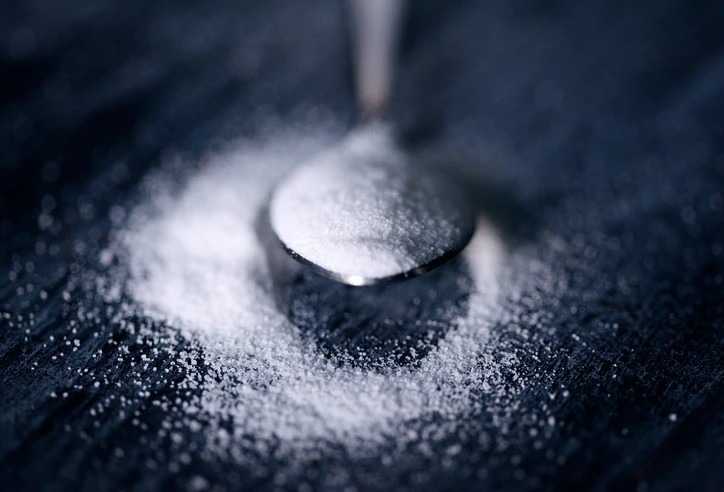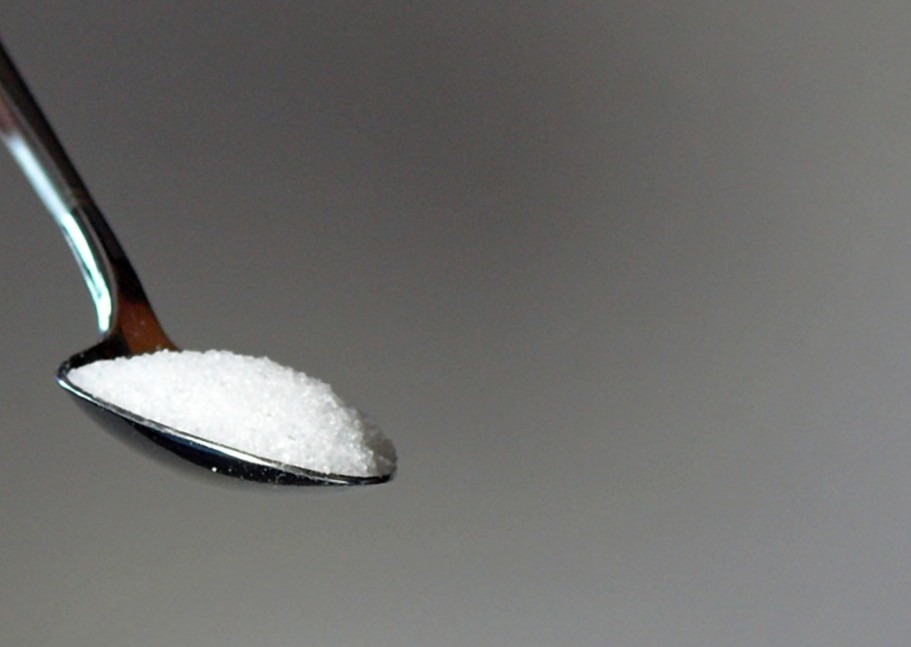When it comes to sweeteners and flavorings, there are many options out there, such as sugar, honey, maple syrup, dates, and molasses. But aside from those, another example of sweetener is aspartame. Most of the time, aspartame is used as a substitute for sugar and beverages, particularly in diet sodas. It is also among the most rigorously tested food ingredients out there. There are around 100 governmental regulatory bodies who found it safe for consumption at current levels. There are even clinical trials that showed that using aspartame instead of sugar reduces body weight and calorie intake in both adults and children.
But what exactly is aspartame? Where does it come from, and what is it made of? If you are also curious, you’re in the right place. Read on as we’re giving you more information about aspartame.
What is Aspartame?
Aspartame is a sweetener that is low in calories. It has been used for many years as a way to lower the intake of added sugars while still giving satisfaction from enjoying sweet foods and beverages. It is around two hundred times sweeter than sugar. This is why only a small amount of it is needed to match the sweetness that comes from sugar. In prepared foods and beverages, as well as tabletop packets, aspartame is usually mixed with other sweeteners or food components. This is done to lessen the bitter flavors that it has and also to enhance the overall taste of the food or drink.
It has two amino acids, which are aspartic acid and phenylalanine. When aspartame is ingested, it is broken down into these amino acids and is used in protein synthesis and metabolism. Aside from aspartic acid and phenylalanine, the digestion of aspartame also produces a small amount of methanol, which is a compound naturally found in fruits and vegetables, and as well as their juices. The amount of methanol from consuming an aspartame-sweetened drink is five to six times less compared to the methanol produced when consuming tomato juice.
Brief History of Aspartame
It was in 1965 when aspartame was discovered by a chemist named James M. Schlatter, a chemist who worked for G.D. Searle & Company. He synthesized it as an intermediate step in making a tetrapeptide of the hormone gastrin, which was for use in assessing an anti-ulcer drug candidate. He noticed its sweet taste when he licked his finger that was contaminated with aspartame, to lift up a piece of paper. Torunn Atteraas Garin, a Norwegian chemical engineer who worked on notable food projects, also partook in the progress of aspartame as an artificial sweetener.
The FDA approved aspartame for use in carbonated beverages in 1983. In 1993, it was allowed to be used in other drinks, baked goods, and confections. When 1996 came, all of the restrictions from aspartame were removed by the FDA, allowing it to be used in all kinds of foods. There were also several European Union countries that approved aspartame in the 1980s, with Europe-wide approval in 1994.
Uses of Aspartame
Aspartame is usually used as an ingredient in drinks, such as light or low-sugar juices, diet sodas, and flavored waters. In addition to that, it is also used in dairy products like low-fat flavored milk and light yogurt. Aspartame is also added to nutrition bars, desserts like gelatins and popsicles, sauces, syrups, chewing gum, and condiments.
You can also find aspartame in different types of low-calorie tabletop sweeteners. In the United States, the most popular brand of aspartame is Equal®. Aside from foods and beverages, there are also some prescription and over-the-counter medicines and vitamins that may contain aspartame as it helps increase their palatability. However, keep in mind that aspartame is not suited to be used in foods that require baking for a long time. This is because when it is exposed to high temperatures, it tends to lose its sweetness.
Is It Safe to Consume Aspartame?
If you are wondering whether it is safe to consume aspartame, the answer is yes. In fact, it is among the most exhaustively studied ingredients in the human food supply. The FDA has created an acceptable daily intake or ADI for aspartame, which is 50 milligrams per kilogram of body weight per day. The ADI represents an amount 100 times less compared to the quantity of aspartame found to reach a no-observed-adverse-effect-level or NOAEL in toxicology studies. Also, globally, the intake of aspartame remains well below the FDA ADIs.
However, even though the safety of aspartame is established for intakes not exceeding the ADI, its intake should be limited by people with phenylketonuria or PKU, which is a rare genetic disease that makes an affected individual unable to metabolize phenylalanine properly, which is one of the amino acids found in aspartame. This is why all packaged foods and drinks that contain aspartame as an ingredient are required by the FDA to inform the consumers on the label about the presence of phenylalanine.
Conclusion
Choosing foods and beverages that are sweetened with low-calorie sweeteners like aspartame is one of the ways to reduce consumption of added sugars and keep calories in check. But of course, you also need to adopt a healthful, active lifestyle that is personalized to your personal goals and priorities, which is important to support one’s well-being. We hope this helped you learn more about aspartame.


